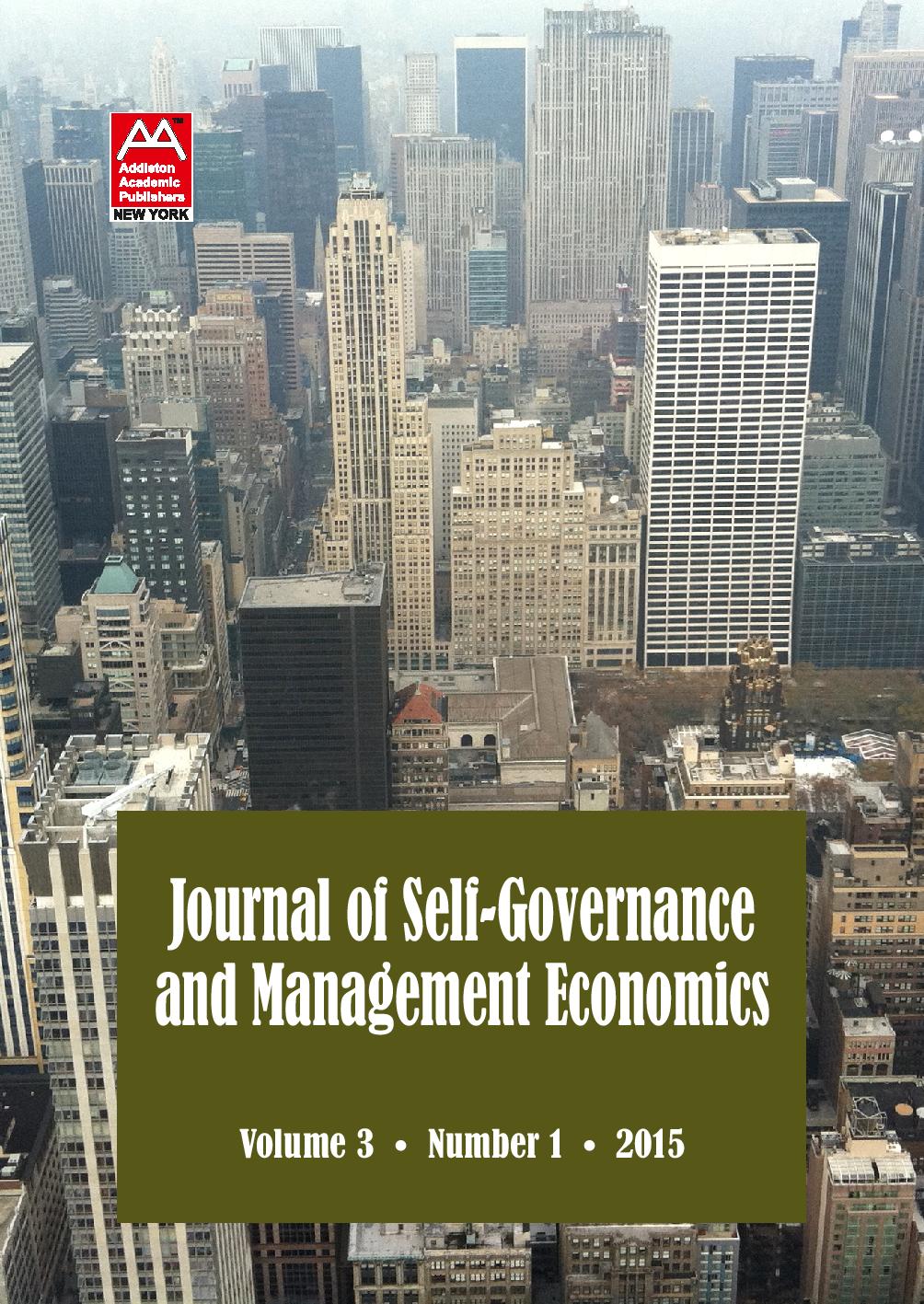CHINA’S APPROACH TO CURRENCY INTERNATIONALIZATION: STRATEGY, CONSTRAINTS AND PROSPECTS FOR SUCCESS
CHINA’S APPROACH TO CURRENCY INTERNATIONALIZATION: STRATEGY, CONSTRAINTS AND PROSPECTS FOR SUCCESS
Author(s): CHRIS DIXONSubject(s): Supranational / Global Economy
Published by: Addleton Academic Publishers
Keywords: Renminbi; internationalization; convertibility; financial liberalization; bi-lateral agreements; US dollar
Summary/Abstract: Since 2009 China has promoted the international use of its currency through the establishment of a series of bilateral agreements with trading partners. This has led to the rapid expansion of the use of the Renminbi (Rmb) in trade settlements and, to a lesser extent, central bank holdings and bond issues without the currency becoming fully convertible or significant liberalization of the Chinese capital regime. While China may well be able to continue this expansion, it is difficult to see this leading to any significant impact on American financial markets or the reserve position of the US$ in the immediate future, for this would necessitate major expansion and liberalization of the Chinese financial system, a process which seems set to take place in an extremely gradual and cautious manner. However, unless some major event curtails China’s economic rise, the Rmb will eventually become a major world currency and significantly displace the US$.
Journal: Journal of Self-Governance and Management Economics
- Issue Year: 3/2015
- Issue No: 1
- Page Range: 7-25
- Page Count: 19
- Language: English
- Content File-PDF

